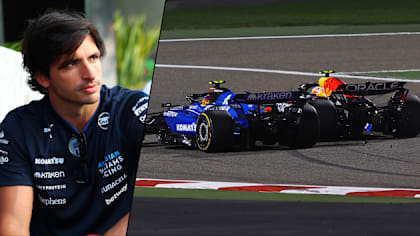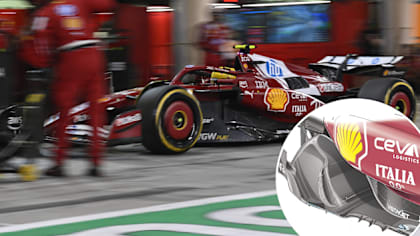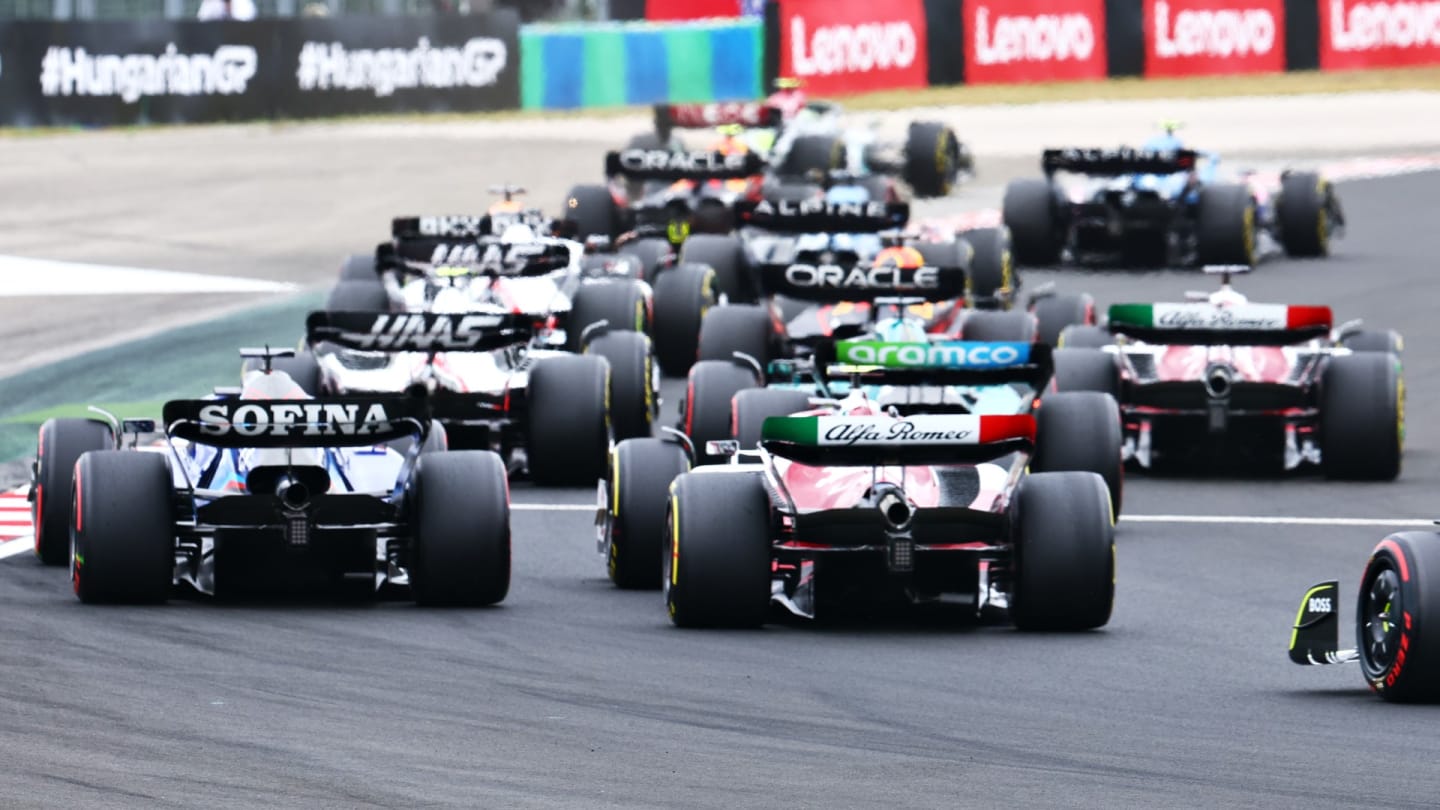
News
FIA World Motor Sport Council approves power unit regulations for 2026
Share

The FIA World Motor Sport Council has today approved power unit regulations set to come into effect for the 2026 season – with increased electrical power and 100% sustainable fuels two of the key aspects of the newly-approved rules.
The 2026 Formula 1 power units will maintain the current V6 internal combustion engine architecture, with the FIA setting out four key pillars of the new regulations:
-
Maintaining the spectacle – the 2026 power unit will have similar performance to the current designs, utilising high-power, high-revving V6 internal combustion engines and avoiding excessive performance differentiation to allow for improved raceability
-
Environmental sustainability – the 2026 power unit will include an increase in the deployment of electrical power to up to 50% and utilise a 100% sustainable fuel
-
Financial sustainability – financial regulations regarding the power units will reduce the overall costs for competitors whilst retaining the cutting-edge technological showcase that is at the core of Formula 1
-
Attractive to new power unit manufacturers – the regulations are intended to make it possible and attractive for newcomers to join the sport at a competitive level
The 2026 regulations will see the current Motor Generator Unit Heat, or MGU-H, element removed – while the power output on the power units’ Energy Recovery Systems will be increased to 350 kilowatts.
2026 Engine regulations: everything you need to know
The regulations, said the FIA, were arrived at via “collaborative consultation between the FIA and both incumbent and potential new PU manufacturers”.
Speaking about the agreement on the regulations, FIA President Mohammed Ben Sulayem said: “The FIA continues to push forward on innovation and sustainability – across our entire motor sport portfolio – the 2026 Formula 1 Power Unit Regulations are the most high-profile example of that mission.
READ MORE: Formula 1 on course to deliver 100% sustainable fuels for 2026
“The introduction of advanced PU technology along with synthetic sustainable fuels aligns with our objective of delivering benefits for road car users and meeting our objective of net zero carbon by 2030. Formula 1 is currently enjoying immense growth and we are confident these regulations will build on the excitement our 2022 changes have produced.
“I want to thank all of the FIA management and technical staff involved in this process for their diligence and commitment in working together with all of our Formula 1 stakeholders to deliver this. I also want to thank our WMSC members for their consideration and approval of these regulations.”
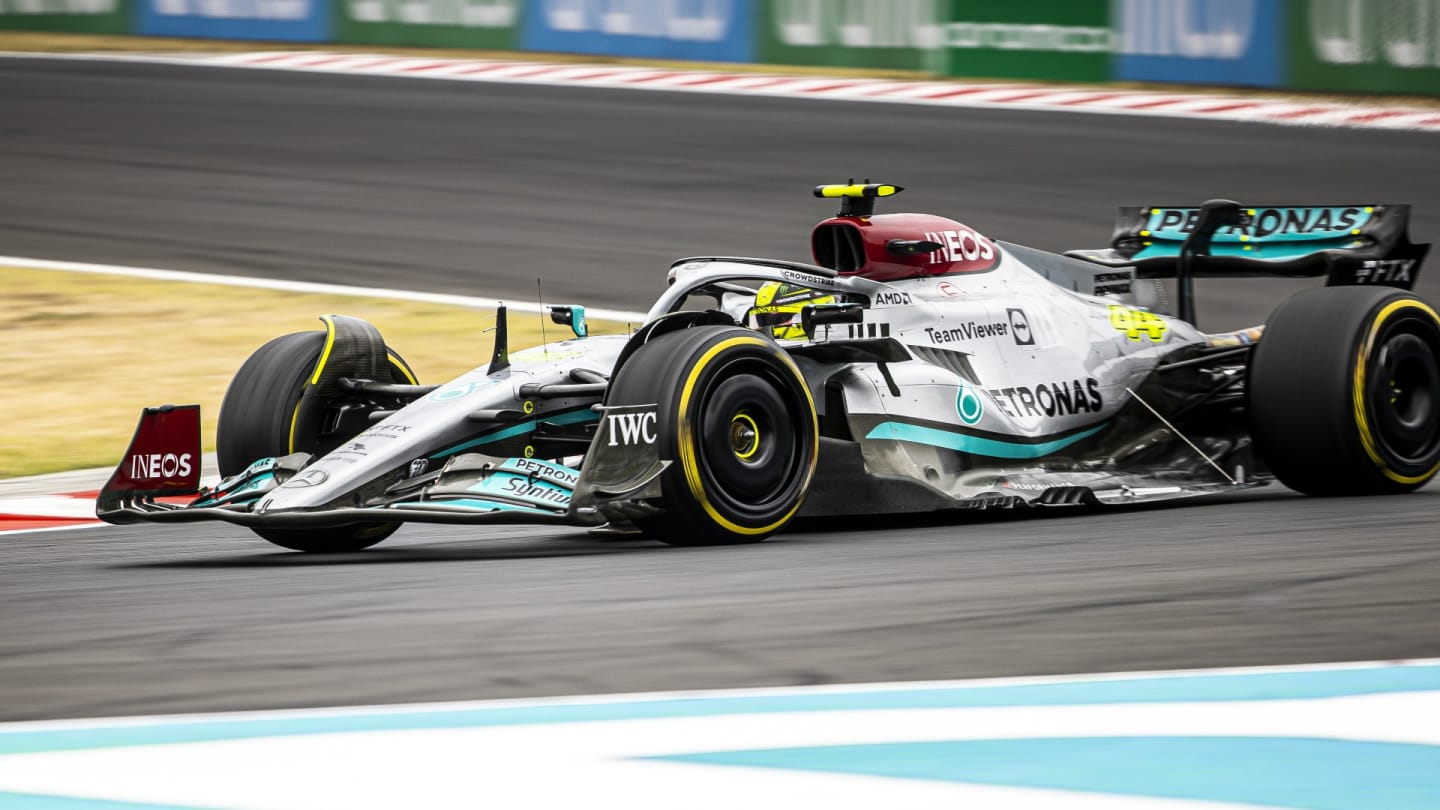
The new power units will use 100% sustainable fuels
2022 and 2023 porpoising and roll hoop regulations approved
The WMSC also approved changes to the 2022 and 2023 Technical Regulations, designed to address both the issue of aerodynamic porpoising and of safety standards for roll hoops.
With regards to porpoising, it has now been approved that from this month's Belgian Grand Prix until the end of the season, there will be changes to re-define the stiffness requirements of the plank and skids around the thickness measurement holes on the cars – in addition to the changes already signalled by a Technical Directive issued to the teams ahead of the summer break.
From 2023, meanwhile, the following changes will be made:
- The floor edges will be raised by 15mm
- The diffuser throat height will be raised
- The diffuser edge stiffness will be increased
- An additional sensor will be mandated to monitor the porpoising phenomenon more effectively
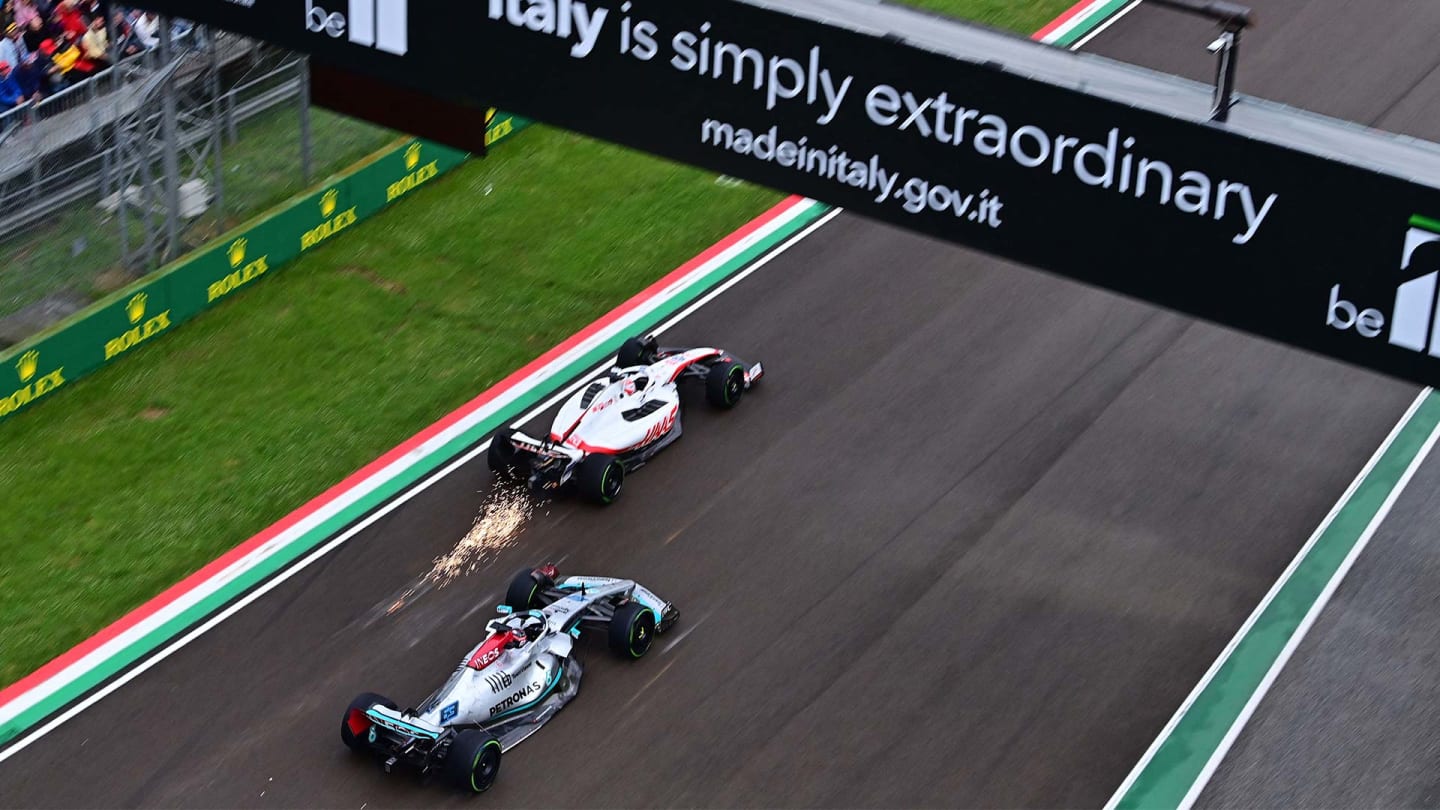
The FIA approved changes to address porpoising
Additionally, following Alfa Romeo driver Zhou Guanyu’s crash at the start of the 2022 British Grand Prix, the following changes surrounding safety standards for the roll hoops on F1 cars were also approved to become part of the 2023 Technical Regulations:
- A rounded top will now be required on the roll hoop, which will reduce the chance of it digging into the ground during an accident
- A change will be made to ensure a minimum height for the point of application of the homologation test
- There will be a new physical homologation test where the load pushes the roll hoop in the forward direction
- There will be a definition of new tests, to be carried out by calculation
Meanwhile, as a medium-term objective, the FIA also announced that it planned a “significant overhaul” of roll hoop safety tests for 2024 to ensure cars in the future can resist more significant loads.
WATCH: Everything you need to know about the 2026 engine regulations
YOU MIGHT ALSO LIKE
News Norris 'being forced to drive in a different way' as championship leader opens up on car struggles
News Sainz concedes he needs to 'pick fights a bit better' after race-ending contact with Tsunoda in Bahrain
News FIA Thursday press conference – Saudi Arabia
TechnicalF1 Unlocked TECH WEEKLY: Was Ferrari’s Bahrain floor upgrade a success – and will it help them at the twisting Jeddah Corniche Circuit?


